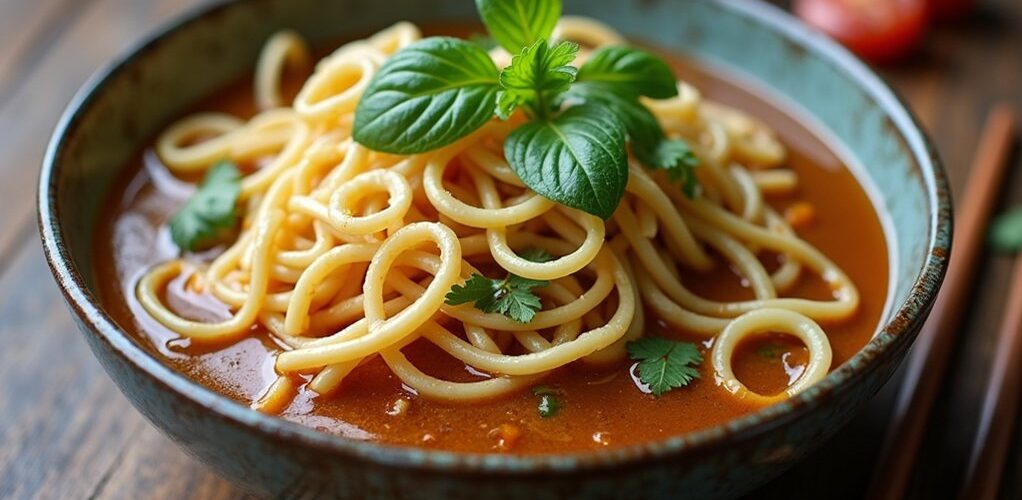
Traditional Vietnamese pho is not low-carb, containing 30 to 50 grams of carbohydrates per serving primarily from rice noodles. While the broth itself contributes minimal carbs, a standard cup of rice noodles contains approximately 42 grams of carbohydrates. However, keto-friendly alternatives exist using shirataki noodles or zucchini spirals, which can reduce the carb content to under 7 grams per serving. Understanding these modifications opens up exciting possibilities for enjoying this beloved soup while maintaining dietary goals.
Key Takeaways
- Traditional Pho contains 30-50 grams of carbohydrates per serving, mainly from rice noodles, making it unsuitable for low-carb diets.
- Rice noodles contribute approximately 42 grams of carbohydrates per cup, while the broth itself contains minimal carbohydrates.
- Shirataki noodles offer a zero-carb alternative, making Pho keto-friendly when substituted for traditional rice noodles.
- Zucchini noodles provide a low-carb option with only 3 grams of carbohydrates while adding nutrients and fiber.
- Keto-friendly Pho can be achieved by using alternative noodles, clear broth, and avoiding sugary condiments like hoisin sauce.
Traditional Pho Carbohydrate Content
A bowl of traditional Vietnamese Pho, while renowned for its rich flavors and comforting qualities, contains a substantial amount of carbohydrates primarily due to its rice noodle base. The carbohydrate content typically ranges from 30 to 50 grams per serving, with an average of 42 grams per cup of noodles. While the signature broth, crafted from bones and meat, contributes minimal carbohydrates on its own, some variations may include hidden sugars or starches that increase the overall carb count. It's important to note that starchy vegetables like potatoes and corn should be avoided in low-carb diets due to their high carb content. For those seeking a low carb alternative, it's important to note that switching to wheat-based noodles or banh pho won't greatly reduce the carbohydrate content, as these alternatives maintain similar nutritional profiles to traditional rice noodles.
Understanding Pho's Key Components
Breaking down the fundamental elements of Pho reveals why this Vietnamese dish remains both beloved and challenging for those monitoring their carbohydrate intake.
At its core, Pho consists of two primary components that contribute to its carbohydrate content: rice noodles and broth. The noodles form the foundation of the dish, typically containing 42 grams of carbohydrates per cup, while the broth, made from simmered bones and meat, adds minimal additional carbs.
The dish's complexity comes from its various elements, including tender beef or other proteins, aromatic herbs, and fresh garnishes. These components work together to create Pho's distinctive flavor profile, though the noodles remain the primary source of carbohydrates.
Fresh herbs, tender meats, and aromatic spices dance together in Pho, yet the rice noodles define its carbohydrate profile.
Understanding these key elements helps diners make informed decisions about portion sizes and modifications.
Low-Carb Noodle Alternatives for Pho
Several low-carb alternatives can transform traditional Pho into a keto-friendly meal without sacrificing its beloved characteristics. For those following a low-carb lifestyle, shirataki noodles offer an excellent substitute with virtually zero carbohydrates while maintaining a satisfying texture.
Creative options for noodle alternatives include:
- Spiralized zucchini noodles, providing extra nutrients and fiber
- Blanched bean sprouts, which naturally mimic noodle shapes
- Shirataki or konjac noodles, offering zero-carb satisfaction
- Mixed ratios of traditional and vegetable noodles for gradual adaptation
Many low-carb pasta alternatives, such as zucchini noodles and Shirataki noodles, are rich in vitamins and minerals, making them a healthy addition to any meal.
These alternatives allow Pho enthusiasts to enjoy their favorite soup while maintaining dietary goals.
Combining different low-carb options or using a mix of traditional and alternative noodles can create a customized bowl that satisfies both taste preferences and nutritional requirements.
Making Keto-Friendly Pho Broth
Creating keto-friendly pho broth requires careful attention to ingredient selection and cooking methods to maintain authentic Vietnamese flavors while minimizing carbohydrate content. The foundation of a successful keto Pho Recipe starts with clear beef broth or chicken stock, carefully selected to avoid hidden sugars and starches that could compromise a keto diet. To develop the signature depth of flavor essential to traditional pho while keeping it low in carbs, aromatics like star anise, cinnamon, and cloves are essential additions to the broth. The process involves extended simmering of bones and meat, which not only intensifies the taste but also increases nutritional value. For the final touch, incorporating fish sauce and lime juice enhances the broth's complexity without adding significant carbohydrates, making it an ideal choice for those following a ketogenic lifestyle. Additionally, the enhanced fat oxidation that the keto diet promotes can be beneficial for athletes, as it allows them to utilize fat as a nearly limitless fuel source during endurance activities.
Protein Options and Their Impact
Protein selection plays an essential role in crafting a low-carb pho experience, with various options offering distinct nutritional benefits and flavor profiles. When creating a balanced meal, choosing the right protein source can help offset the carbohydrate content while enhancing satiety.
Selecting the right protein enriches low-carb pho while providing essential nutrients and creating a more filling, satisfying meal experience.
Traditional beef pho provides essential nutrients, while lean options like chicken breast offer a lower-fat alternative without sacrificing protein content.
- Grass-fed beef delivers superior nutrition and maintains authenticity in traditional preparations.
- Organic chicken breast serves as a lean, versatile protein choice.
- Adding extra protein through tofu or additional meat portions helps balance carbohydrate intake.
- Shrimp provides a light yet satisfying option for seafood enthusiasts.
These protein choices not only support low-carb dietary goals but also contribute to the rich, complex flavors that make pho a beloved dish. To further enhance the nutrient profile, consider incorporating omega-3s and CLA found in grass-fed meats, which are beneficial for overall health.
Smart Garnish Choices for Low-Carb Pho
Beyond protein selection, the art of garnishing pho can greatly impact its carbohydrate content while maintaining its vibrant flavors.
When customizing a bowl of steaming pho broth, fresh herbs like cilantro and basil serve as ideal low-carb toppings that enhance the dish's authenticity without adding significant carbohydrates. Fresh lime juice brightens the overall flavor profile while keeping the carb count minimal.
While traditional garnishes like bean sprouts and fried onions can quickly increase carbohydrate levels, sliced chili peppers offer a spicy kick without compromising low-carb goals.
When it comes to sauces, diners should exercise caution with hoisin and Sriracha, as these often contain hidden sugars. Instead, opt for minimal amounts or seek out low-sugar alternatives to maintain the dish's low-carb integrity.
A great way to sweeten your low-carb pho without affecting ketosis is to use keto-friendly sweeteners such as stevia or erythritol that have minimal impact on blood sugar levels.
Essential Tips for Ordering Low-Carb Pho
Making pho a low-carb meal requires careful attention to several key components when placing an order at Vietnamese restaurants.
Requesting clear broth without added starches, alongside alternatives to traditional rice noodles such as shirataki or reduced portions, can dramatically lower the meal's carbohydrate content.
Selecting mindful garnishes like fresh herbs while limiting bean sprouts and sugar-laden sauces guarantees the dish remains both flavorful and low in carbs.
Choose Smart Broth Options
When selecting pho broth for a low-carb diet, diners should focus on clear, traditional broths that showcase the pure flavors of bones, meat, and aromatics.
Understanding the characteristics of broth options helps maintain ketogenic goals while enjoying this Vietnamese dish. Homemade preparations offer excellent control over ingredients, ensuring the broth remains free from hidden carbs and unnecessary additives.
- Choose clear broths over cloudy varieties to minimize hidden carbohydrates
- Request information about broth ingredients to identify potential sugar or starch additions
- Consider preparing broth at home using traditional bone-based recipes
- Look for restaurants that prioritize authentic cooking methods without modern additives
These careful selections help maintain the integrity of low-carb dining while preserving the authentic flavors that make pho a beloved dish.
Skip Traditional Rice Noodles
Traditional rice noodles pose the most significant carbohydrate challenge in any bowl of pho, contributing approximately 42 grams of carbs per cup to the overall dish. To enjoy Vietnamese Pho while maintaining a low-carb lifestyle, consider these smart alternatives to traditional rice noodles.
| Noodle Type | Carbs per Cup | Best For |
|---|---|---|
| Shirataki Noodles | 0-1g | Keto Diet |
| Zucchini Noodles | 3g | Low-Carb Diet |
| Daikon Spirals | 4g | Paleo Diet |
For those seeking a bowl of Pho without excessive carbohydrates, shirataki noodles offer an excellent solution, providing similar texture and virtually zero carbs. These alternatives allow diners to experience the rich flavors of traditional pho while maintaining their dietary goals.
Select Low-Carb Garnishes
Beyond the noodle selection, careful attention to garnishes and toppings plays a significant role in maintaining a low-carb pho experience.
When selecting low-carb garnishes, focus on fresh herbs like cilantro and basil, which add robust flavor without increasing carbohydrate content. While traditional toppings like bean sprouts can enhance texture, they should be limited due to their higher carb content.
- Request extra lime wedges to add brightness and tang without impacting carb count
- Choose fresh herbs such as cilantro and basil for maximum flavor
- Minimize bean sprouts and fried shallots to reduce carbohydrate intake
- Ask for sauces like hoisin and Sriracha on the side to control portions
Recipe: Keto Vietnamese Pho Bowl
Food enthusiasts seeking a low-carb alternative to traditional pho can find satisfaction in this keto-friendly Vietnamese pho bowl recipe.
The dish masterfully substitutes regular rice noodles with shirataki konjac noodles, bringing the carbohydrate content down to just 6.9 grams per serving while maintaining the authentic texture and experience.
The recipe features a rich, aromatic broth created from beef stock, fresh ginger, star anise, and cinnamon, delivering the signature pho flavor without added sugars.
High-quality steak serves as the primary protein source, enhancing satiety while keeping carbs low.
Fresh garnishes like bean sprouts, mint leaves, and lime juice add brightness and texture to the dish.
For best results, the hot broth should be poured over thinly sliced steak just before serving, cooking the meat to perfection.
A great addition to this dish is avocado, which contains only 1.5 grams of net carbs per fruit and is rich in monounsaturated fats that promote heart health.
Frequently Asked Questions
Can I Eat Pho on a Low Carb Diet?
Traditional pho ingredients make it high-carb, but modifications using shirataki noodles, clear broth types, various meat options, controlled portion sizes, and flavor variations allow enjoyment while maintaining low-carb dietary requirements.
Does Pho Soup Have a Lot of Carbs?
Traditional pho contains significant carbohydrates, primarily from rice noodles averaging 42g per cup. The broth may include hidden carbs, though portion control and low-carb noodle substitutes can reduce overall carbohydrate content.
What Are Low Carb Noodles for Pho?
Several low-carb noodle alternatives work well in pho, including shirataki noodles, zucchini noodles, kelp noodles, and tofu noodles. These options maintain the dish's authenticity while greatly reducing carbohydrate content.
What Is the Healthiest Pho Noodle?
Shirataki noodles offer ideal health benefits among pho ingredients, providing near-zero carbs while maintaining authentic flavor profiles. Zucchini noodles and bean sprouts are nutritious alternatives with reasonable serving sizes.
Conclusion
Traditional pho contains significant carbohydrates due to its rice noodles, but health-conscious diners can enjoy this Vietnamese classic while maintaining a low-carb lifestyle. By substituting regular noodles with shirataki, zucchini, or other vegetable alternatives, and focusing on the rich bone broth and protein components, pho can be adapted to fit keto and low-carb diets. Making mindful choices with garnishes and being selective when ordering guarantees this comfort food remains both satisfying and nutritionally aligned.
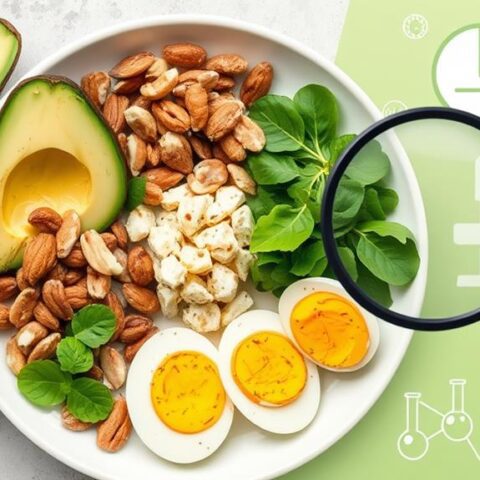
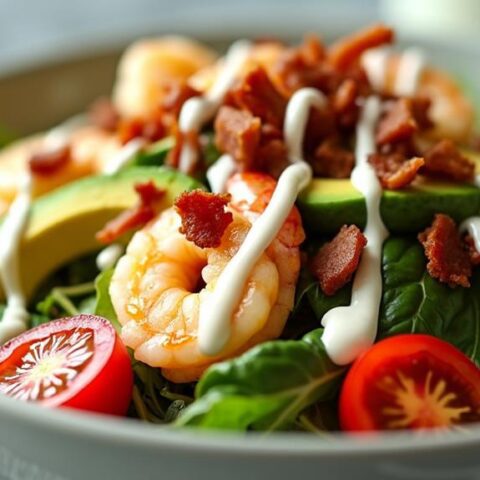
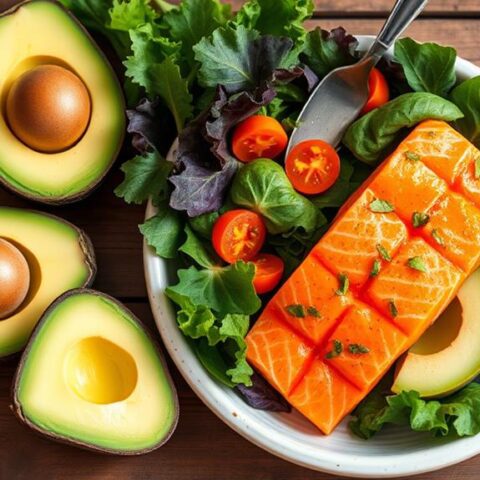

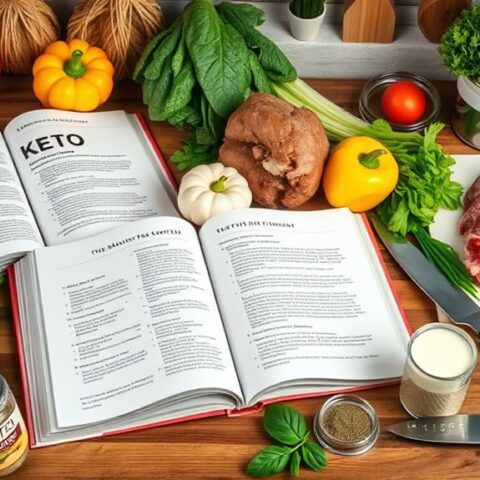
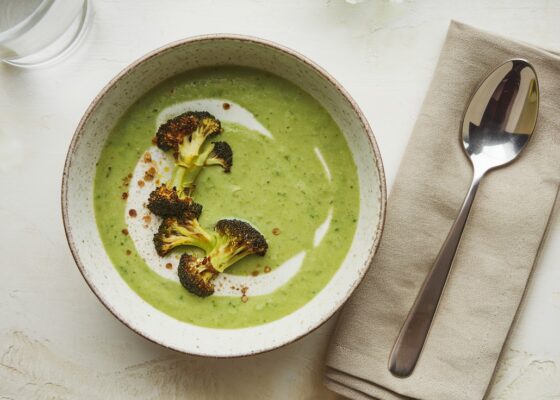

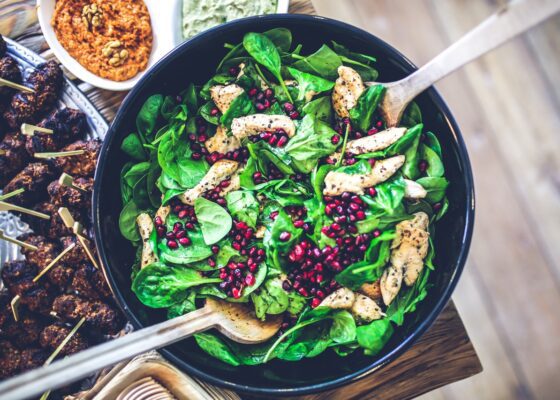
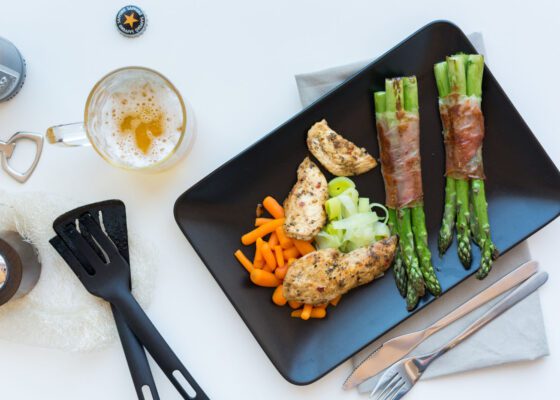
No Comments